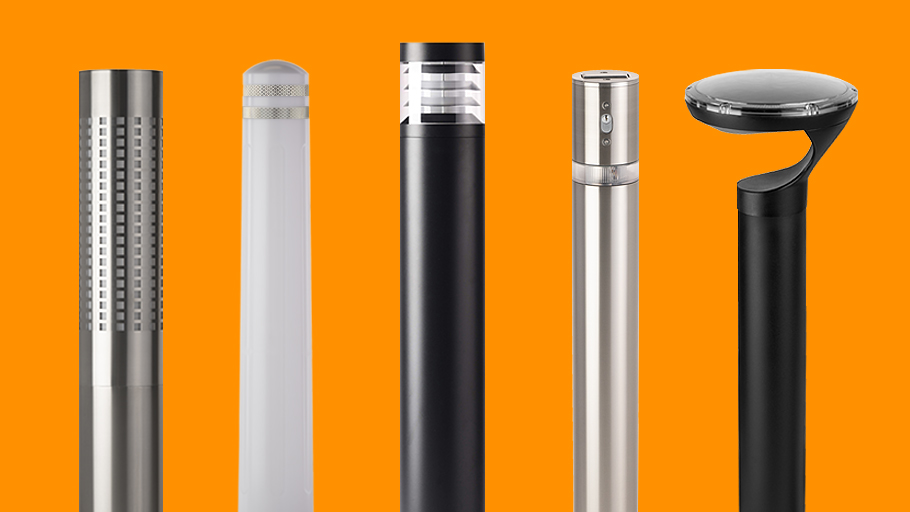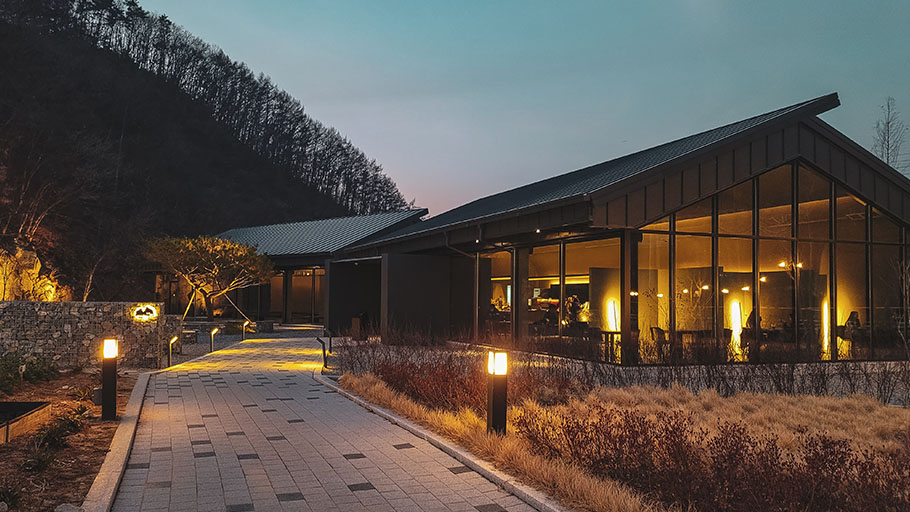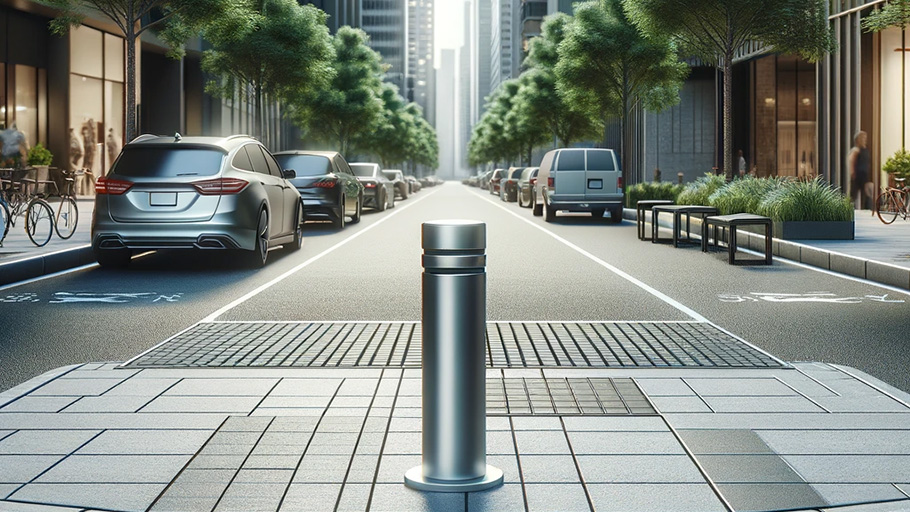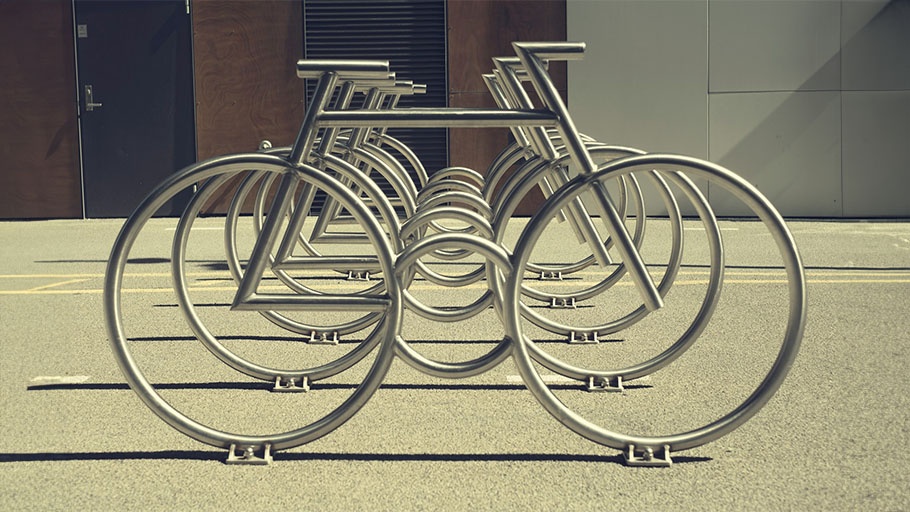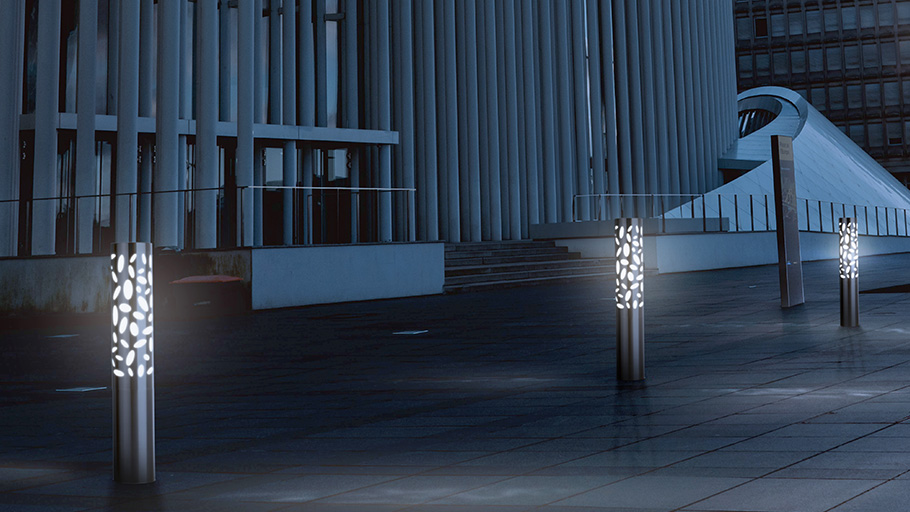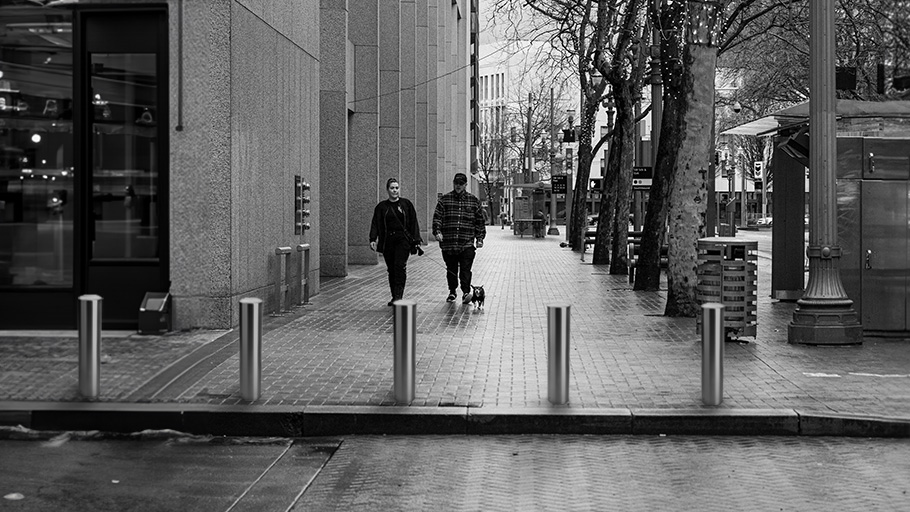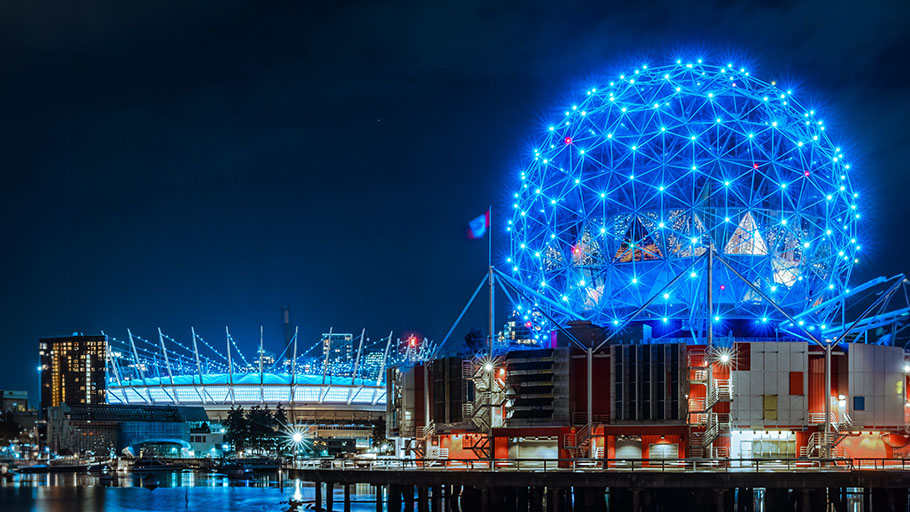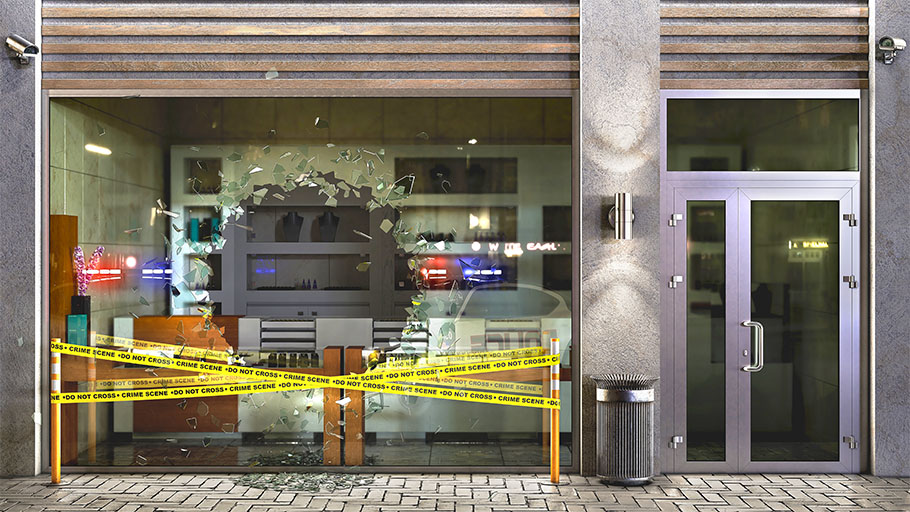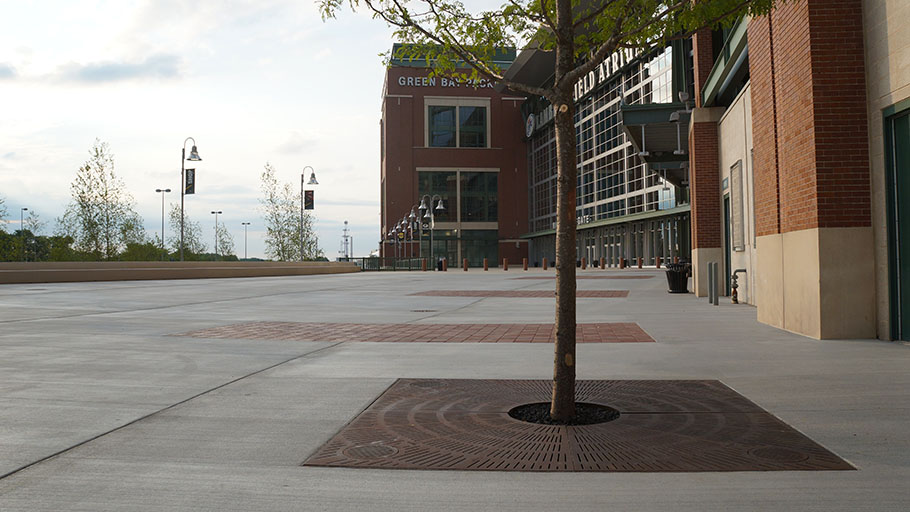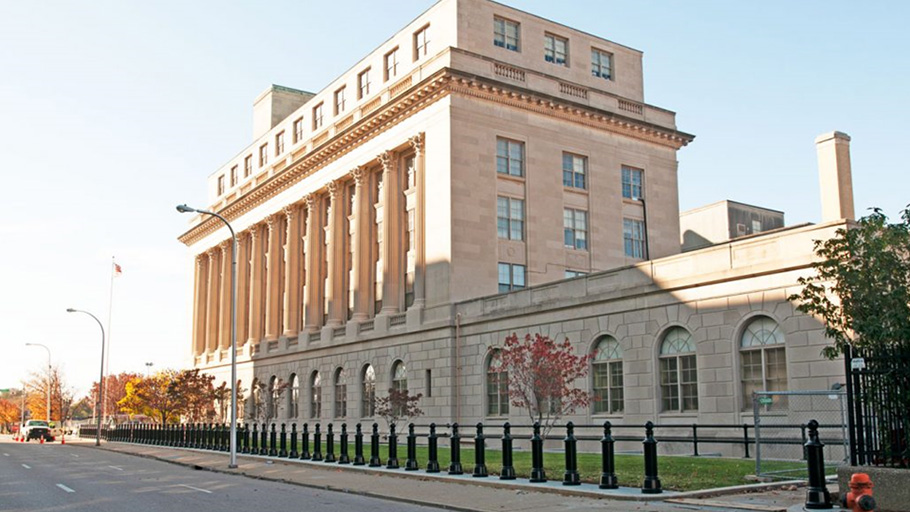Increasing storefront protection for pedestrians and property
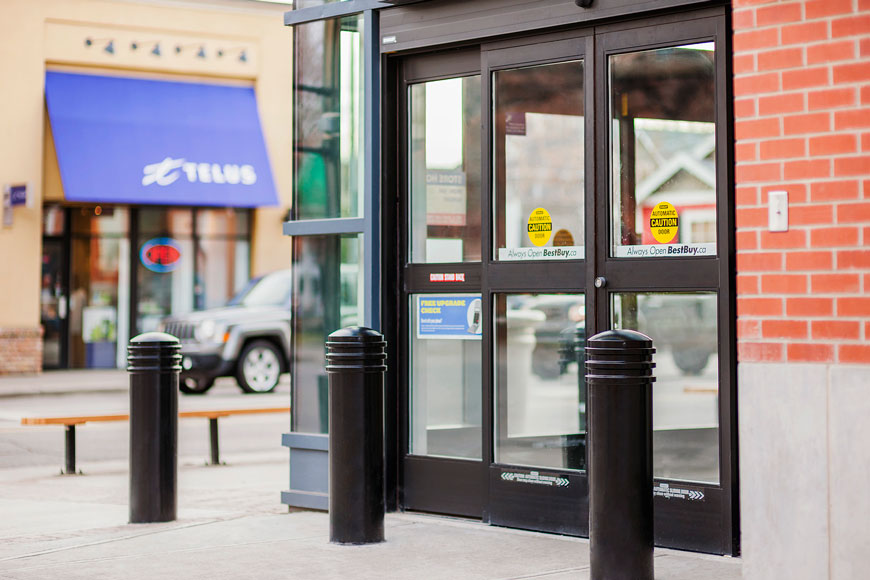
While cars play an essential role in our daily lives, we must balance the convenience they bring with the safety of pedestrians and storefronts. While cars undoubtedly make our lives easier, due to their size and speed, they can also turn into deadly weapons. This is where safety bollards come into the picture. Bollards play a critical role in modern urban planning, providing a protective barrier that helps prevent accidents and potential harm.
Driving is often the riskiest part of a person’s day. A World Health organization report estimates that each year in the United States, 10.6 people die per 100,000 people due to traffic accidents. Drivers are accustomed to inching past accident scenes on the highway, and often the risks of driving are associated with these high speed, high traffic areas. However, fatalities and injuries can also happen in low-speed and pedestrian areas. Safety bollards are key to shielding storefronts and pedestrians from these risks, maintaining a safer environment.
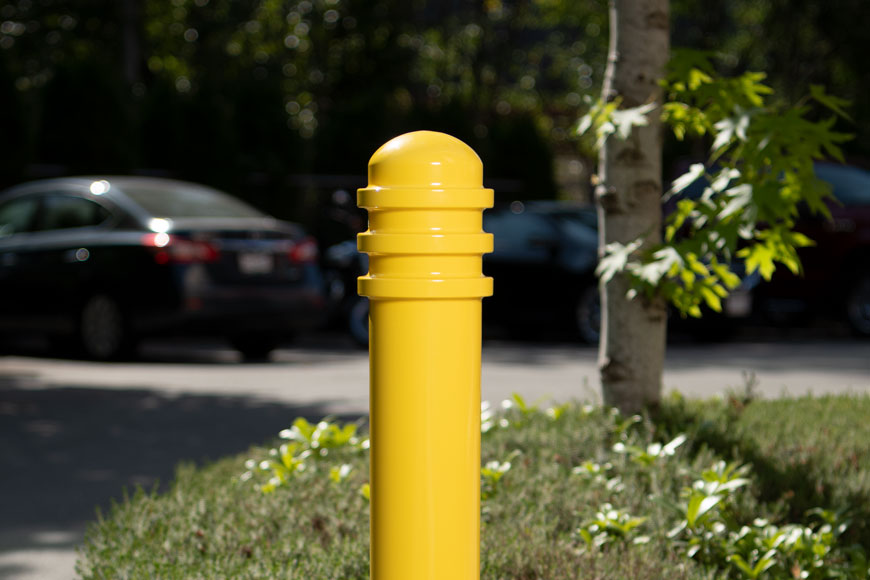
Factors Driving Building and Pedestrian Collisions
In the US there are approximately 16,000 injuries each year caused by vehicles crashing into buildings. While sometimes occurring within garages or homes, these incidents predominantly transpire within parking lots and other busy urban areas. Diving into the matter, Mark Wright, a crash survivor who himself was struck outside a convenience store in September 2008, has invested a decade in researching these types of incidents. Through his dedicated efforts, he dissects the statistics behind building-crash incidents, identifying the causes behind these events.
Factors such as pedal confusion, speed mismanagement, or driver impairment contribute to scenarios where vehicles inadvertently surge beyond their designated parking spots and collide with storefronts. Compounded by issues like visual misjudgment of distance and positioning—particularly around the termination of parking stalls, drive-through windows, and utility structures—these collisions are distressingly common occurrences. While most of the causes behind these crashes are accidental, some crashes are caused intentionally during ram-raids or targeted attacks.
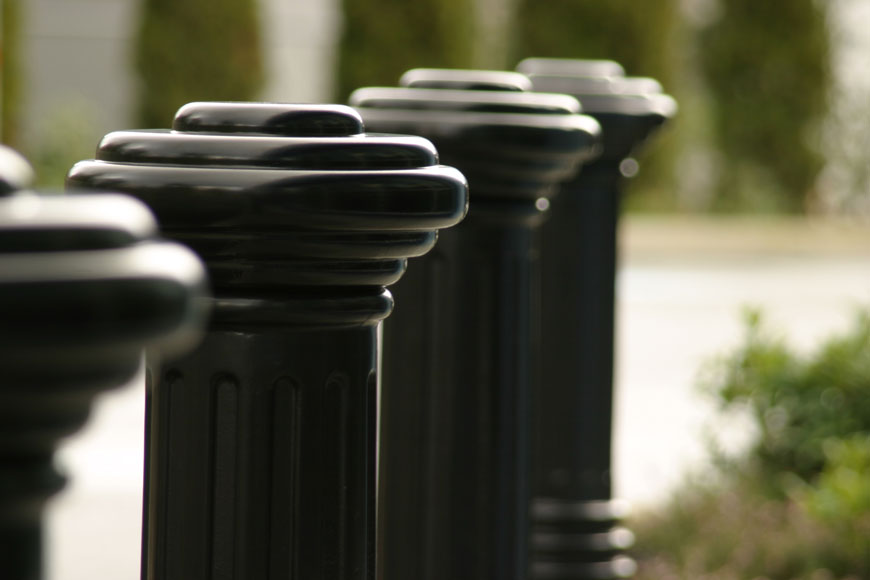
Pedal Confusion
Pedal confusion, or pedal error, occurs when a driver mistakenly presses the gas pedal instead of the brake, causing the car to move forward. This unexpected motion can cause panic, leading the driver to press down harder, thinking they are applying the brake. Tragically, if they are pressing the gas pedal, this only accelerates the vehicle further, potentially resulting in a crash. Pedal confusion, or accelerator-brake confusion, is one of the most common driving errors that can lead to accidents, accounting for more than a quarter of incidents where a vehicle collides with a building or wall.
This type of error is particularly concerning in areas where cars park perpendicular to storefronts, a layout commonly used to optimize parking space and traffic flow at busy establishments like convenience stores, such as Circle K and Couche-Tard. In these settings, the risk of pedal error can not only lead to significant property damage including windows, goods, and furnishings inside retail stores, but also puts customers and staff members inside stores at risk. Pedestrians passing by or waiting in front of the store are also at risk of injury, as was the case in 2017 when a Chicago man became a double amputee after being pinned against the store front of a 7-11. Businesses can also be held financially liable; in this case, the man was awarded a 91-million-dollar settlement.
For retail stores and property management companies, implementing safety measures such as storefront bollards in parking areas is the best way to mitigate these risks. Impact resistant bollards can provide a physical barrier that protects buildings and pedestrians from the consequences of pedal confusion.
Ram Raids
A ram-raid is a criminal act in which a vehicle is intentionally driven into a building or store front, to gain unauthorized access and steal goods. This method is frequently employed by criminals seeking to quickly breach a premises and make off with valuable merchandise.
The risks associated with ram raids are substantial, particularly due to the criminal motivations involved. Unlike pedal confusion accidents, ram raids are deliberate acts carried out with the goal of burglary, making the potential for damage much higher. Given that the impact is intended to breach the building, the force of the collision can be significantly higher, leading to more severe structural damage, shattered glass, and harm to bystanders. Approximately 7% of all collisions involving buildings stem from ram raid thefts, underscoring the prevalence of this criminal technique.
To mitigate the risks posed by ram raids, business owners and property management firms should implement strategies similar to those employed to prevent damage caused by pedal confusion accidents. One common measure is the installation of safety bollards or barriers strategically positioned around vulnerable areas of the building, such as entrances and windows. However, these bollards will need to withstand higher impacts, as vehicles involved in ram raids often travel at greater speeds compared to those in pedal confusion accidents. Additionally, the implementation of access control systems and security cameras can deter potential criminals.
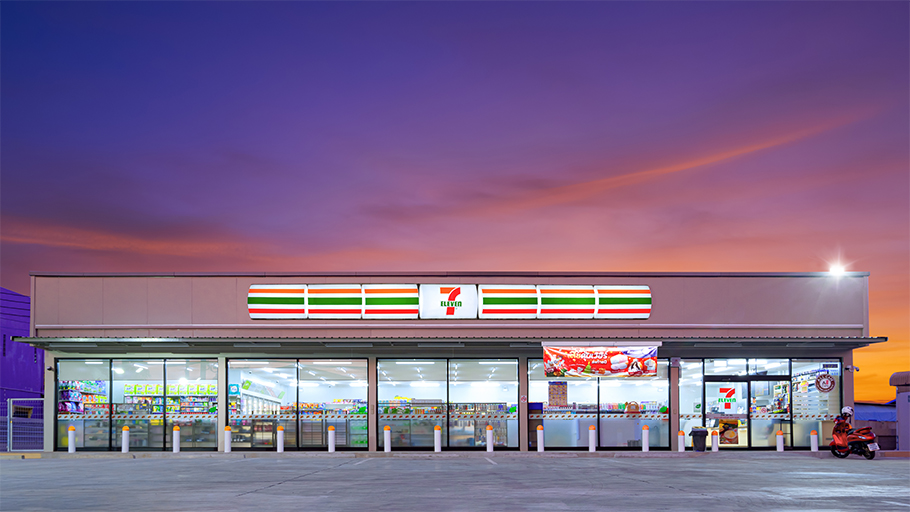
Choosing Bollards for Storefront Protection
The selection of safety bollards for storefronts and pedestrian areas is a nuanced process that requires careful consideration of both functionality and aesthetics. There are several factors to consider:
Consider the Site Layout
- Consider the distance between the road or parking area and the storefront. Is there parking immediately in front or just a loading and drop off zone?
- If there is parking directly in front of the store, is it perpendicular, such as in nose-in or back-out layouts, or parallel? Nose-in or back-out parking presents a higher risk of damage during pedal error incidents. In such cases, placing a security bollard at the end of each parking stall can prevent accidental crashes into buildings or pedestrian areas.
- Are there other obstacles such as benches, bins, bike racks or fire hydrants that could either impede bollard installation, or provide additional barriers between the cars and the storefront?
- What vehicle paths are possible? Is there a long “runway” where a car could gather speed and crash into the building? Or is the store mid-block on a tree-lined street where speed is more difficult to build?
How is the Building Used?
Different building functions, such as retail, offices, and warehouses, require specific bollard solutions to address unique safety needs.
- Retail spaces demand bollards that combine aesthetics and protection for both pedestrians and store structures.
- Offices might focus on safeguarding entryways, parking areas, and common zones with a balance between design and practicality.
- Warehouses may prioritize securing inventory, equipment, and operations against potential vehicular threats.
- Other considerations such as ADA requirements, including curb cut-outs, must also be factored in to ensure accessibility alongside bollard placement.
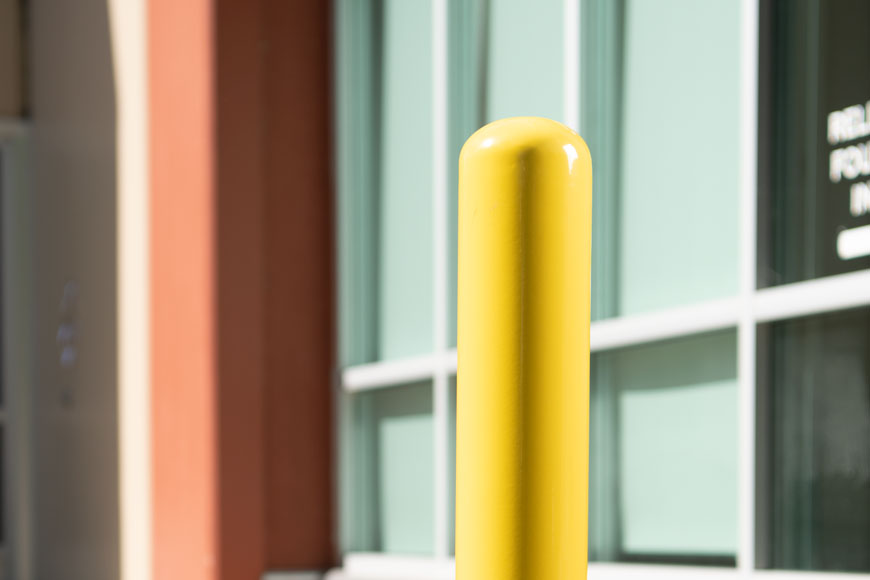
Selecting Bollard Strength
Depending on the layout and what you are protecting, different strengths of storefront bollards may be utilized.
- Low Impact: Bollards designed for low-speed impact can stop a vehicle at very low speeds, but mostly function as a visual deterrent. Surface-mounted, flanged bollards such as the R-8915 fall under this category.
- Medium Impact: Medium-strength bollards provide protection from vehicles traveling at low speeds. Steel pipe bollards are often used to protect pedestrians and storefronts at places like convenience stores and can be fitted with decorative covers. Pipe bollards are available in a range of diameters and typically provide enough resistance to withstand the impact from a vehicle in a pedal confusion accident, but they are not certified to guarantee that they will bring a vehicle to a full stop.
- High Impact: In the event of a higher-speed collision, bollards must be robust enough to absorb the force, protecting the building or utility rather than the vehicle itself. Crash-rated bollards are specifically engineered and tested to withstand impacts from vehicles of various weights and speeds, with lower-speed surrogate classes being used frequently for storefronts. S10, S20, and S30 rated bollards are all capable of stopping a 5000-pound vehicle, the difference being the stopping distance, and speed the vehicle is traveling. Like pipe bollards, these can be fitted with covers to match a variety of aesthetics. These bollards are tested against specific ASTM (American Society for Testing and Materials) ratings, ensuring they meet the required standards for expected speed and vehicle weight for impact.
Design Considerations
In some areas, safety bollards should subtly blend with the surroundings to maintain visual harmony. In others, such as those where precision driving is required, high visibility should take priority. Bollards can also be customized with colors or designs that align with the company’s logo and branding. Surrounding architecture is another design factor to consider:
- Historical Areas: Consider architectural bollards that resonate with the historical context, such as those installed on Ladysmith BC’s award-winning “Great Street.”
- Modern Buildings: Stainless steel bollards offer clean lines that complement modern glass and steel constructions.
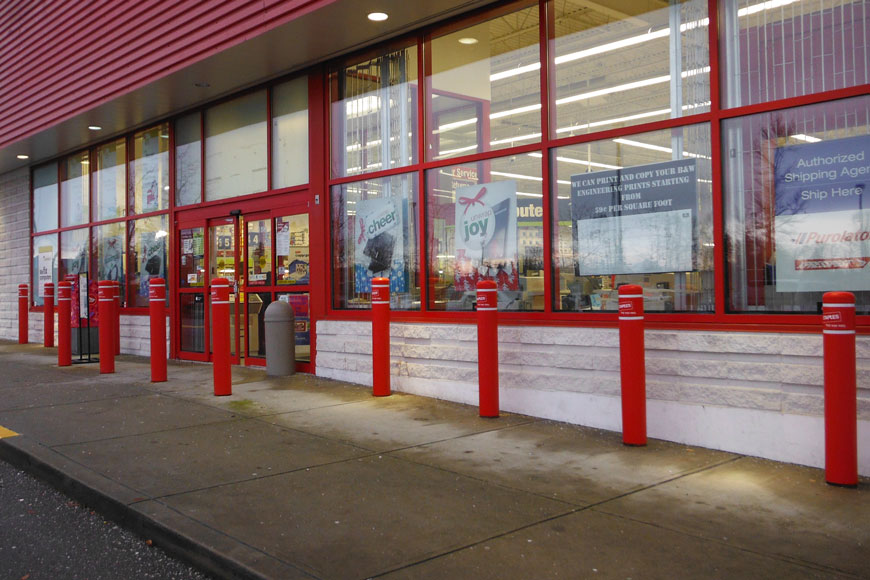
In our rapidly evolving urban landscapes, the integration of safety bollards, from low-impact bollards to steel pipes to crash-rated bollards, has become an essential part of modern planning and design. From protecting storefronts and pedestrians to enhancing aesthetics and complying with regulations, safety bollards serve multifaceted roles.
Installing storefront bollards is not just a functional decision; it’s a statement about a community’s or company’ commitment to safety. Whether it’s historical areas opting for architectural bollards or modern buildings selecting sleek stainless steel designs, the right safety bollards are an indispensable tool in making places people want to be.

